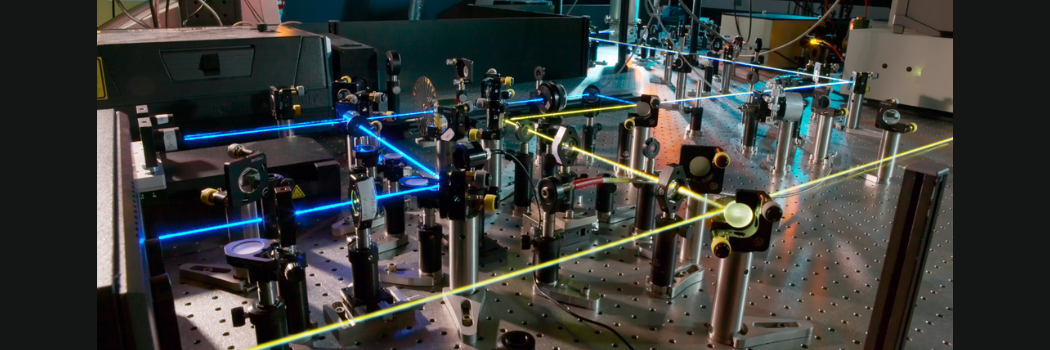Experts have made the unexpected revelation that some chemicals that were previously thought to be poor emitters are perfect for increasing stability and efficiency in blue OLED displays of the next generation.

Image Credit: Durham University
The work, published in the journal Nature Photonics, reveals a molecular "blind spot" that has been neglected yet has the potential to significantly boost energy-saving display systems.
Outshining Expectations
The majority of modern smartphones and TVs use organic light-emitting diodes (OLEDs), which rely on specific organic molecules to create light.
However, getting blue OLED emission that is both stable and effective has proven to be a challenging task for researchers.
The research team has now shown that blue OLED efficiency can be tripled by using molecules that were previously written off as poor light emitters.
Using a chemical known as ACRSA as a sensitizer in "hyperfluorescent" OLEDs—where energy is transmitted from the sensitizer to a separate terminal emitter molecule—it was discovered that device efficiency increased from 10% to over 28%.
An Illuminating Discovery
Even more astonishingly, blue emissions can be produced by transferring the energy of the greenish sensitizer ACRSA to a blue terminal emitter.
In comparison to straight blue emitters, this green-to-blue method lowers exciton energy, allowing for more stable, long-lasting blue OLEDs.
The team's approach offers a fresh guide for creating hyperfluorescent OLED screens that are both stable and incredibly effective.
This new knowledge creates interesting opportunities for basic studies as well as real-world applications.
Journal Reference
Stavrou, K., et.al. (2024). Key requirements for ultraefficient sensitization in hyperfluorescence organic light-emitting diodes. Nature Photonics. doi.org/10.1038/s41566-024-01395-1